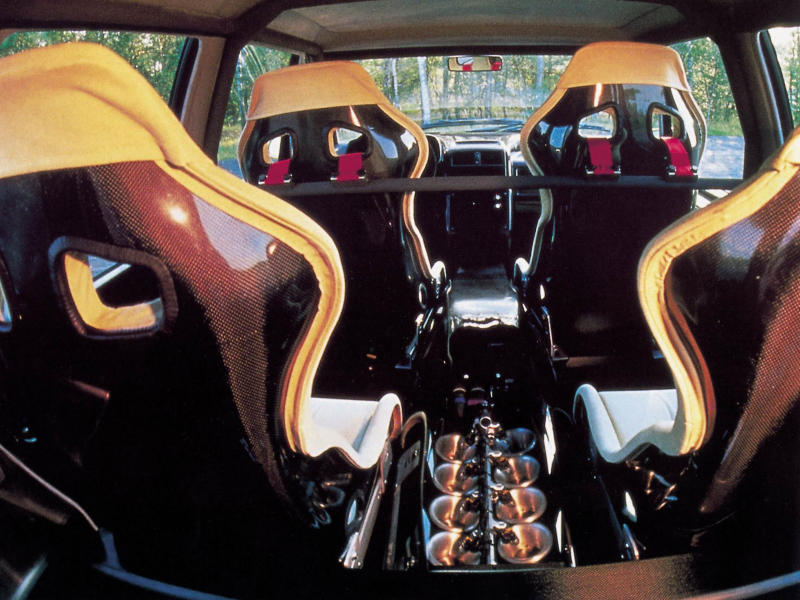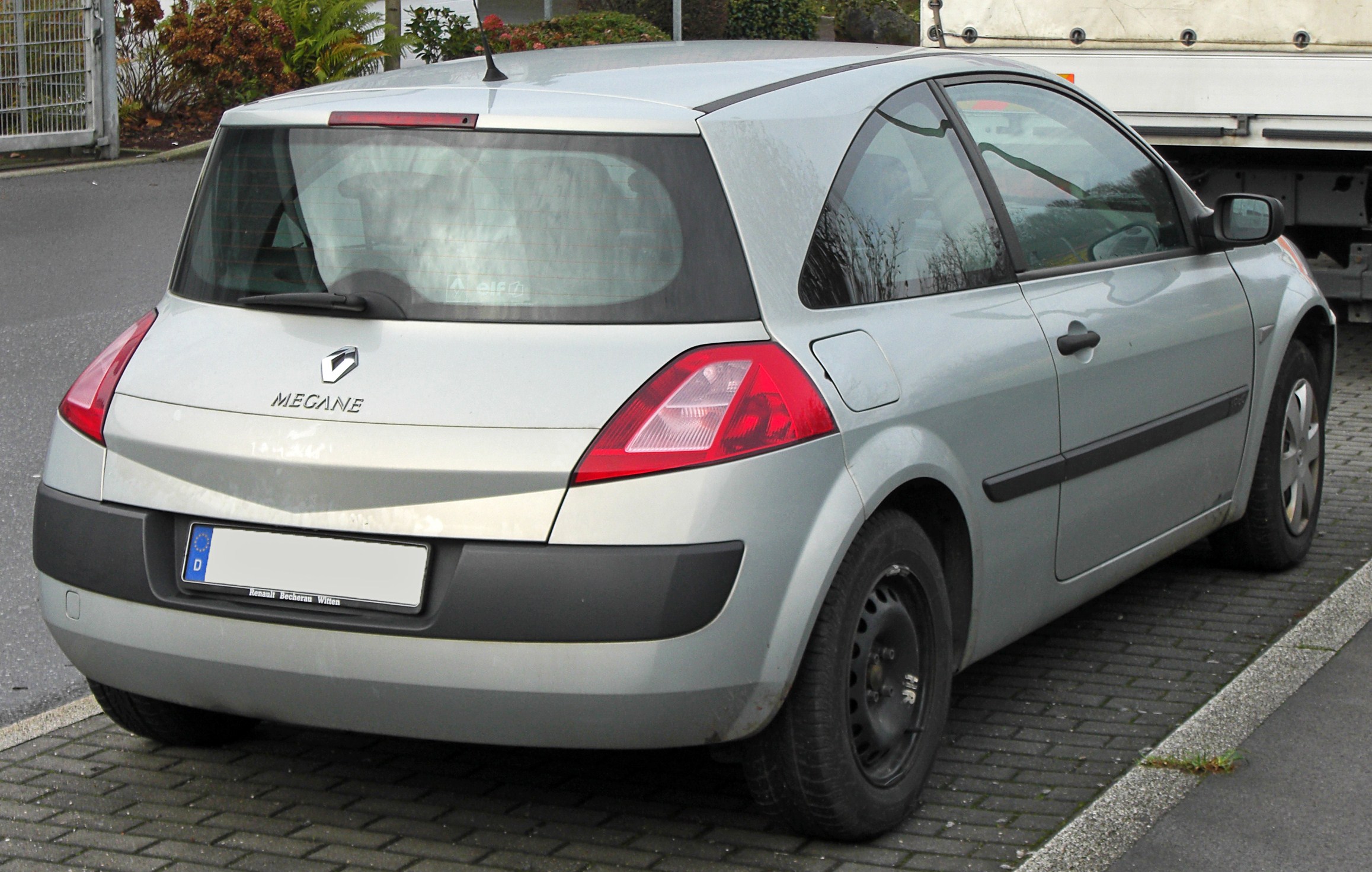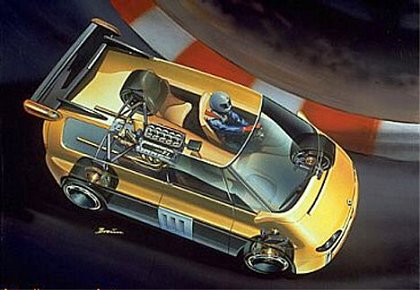- Login or Register
No account yet? Sign up



The last two are probably out of sight. They did make a V10 espace I know for sure.MOWOG wrote:@ X-pensive: That V-10 has only 8 intake horns. Am I missing something?
The useful revs are probably around 10-12k max.Holm86 wrote:This sounds way too low frequency to be a 1.6 turbo V6 that does 15.000 revs.
Yes teams need always homologate its engines before season til freeze 2018. But i m quite sure in Honda case as newcommer they need to do exact same things like if it was atendt to compete in 2013 championsip. As i remember ultimate deadline to take participation in F1 as engine manufacturer is March 2013 (homologation period before Melbourne)? So how is the thing then?xpensive wrote:How can anyone tell that it's a 2014 engine, when they are not yet homologated, I'm sure Honda will test endlessly in 2014?turbof1 wrote:Are they allowed to tracktest the 2014 engine? Obviously it's not a F1 car if they really put the engine inside it, but they can modify the internal packaging to be very similar to the 2014 car.
Holm86 wrote:This sounds way too low frequency to be a 1.6 turbo V6 that does 15.000 revs.
Either this is the LaFerrari V12 or it is a test mule with a V6 engine form an upcoming Ferrari California which is rumored to feature a V6 turbo engine in its next generation.
It sounds low frequency in the begining simply because they are going slow (if you listen to the subsequent main straight you'll hear the driver does not even shift) but the last pass the engine is quite high pitched (true not as mush as V10 or V8).Holm86 wrote:This sounds way too low frequency to be a 1.6 turbo V6 that does 15.000 revs.
Either this is the LaFerrari V12 or it is a test mule with a V6 engine form an upcoming Ferrari California which is rumored to feature a V6 turbo engine in its next generation.
[youtube]http://www.youtube.com/watch?v=eaW_35KPDBY[/youtube]MOWOG wrote:@ X-pensive: That V-10 has only 8 intake horns. Am I missing something?
In 1995, Renault displayed a show car called the Espace F1, which was created by Matra to celebrate both the 10th anniversary of the Espace and Renault's involvement in Formula One racing. Though it resembled an Espace with substantial bodywork changes, the vehicle had more in common with a Formula One car. The vehicle used a lightweight carbon fibre F1-style chassis in combination with a carbon fibre-reinforced Espace J63-series body (as opposed to fibreglass on the standard model). Powering the Espace F1 was an 800 hp (upgraded from its original rating of 700 hp) 3.5-litre, 40-valve Renault RS5 V10 engine, as used in the 1993 Williams-Renault FW15C. As with an F1 car, the V10 engine was mid-engined (as opposed to the conventional front-engined layout) and the power was transmitted to the rear wheels via a 6-speed semi-automatic gearbox, also used in the Williams FW15C. The engine and transmission allowed the Espace F1 to accelerate from 0–100 km/h (0–62 mph) in 2.8 seconds, 0–200 km/h (0–124 mph) in 6.9 seconds and carry on accelerating to a top speed of 312 km/h (194 mph). With the use of carbon-ceramic brakes, the Espace F1's deceleration was no less impressive that its acceleration, and could accelerate from 0–270 km/h (0–168 mph) and brake to a complete halt in under 600 metres (1,969 ft). This version of the Espace was featured in driving simulator game Gran Turismo 2. Frank Williams was a noted passenger of the Espace F1, chauffeured by Williams driver David Coulthard.[4] The Espace F1 currently resides in the Matra Museum in France


That picture only shows 8 intakes, the other 2 are hidden behind the black bar near the camera. You can just see the edge of intake 9 at the bottom of the pic above.MOWOG wrote:@ X-pensive: That V-10 has only 8 intake horns. Am I missing something?